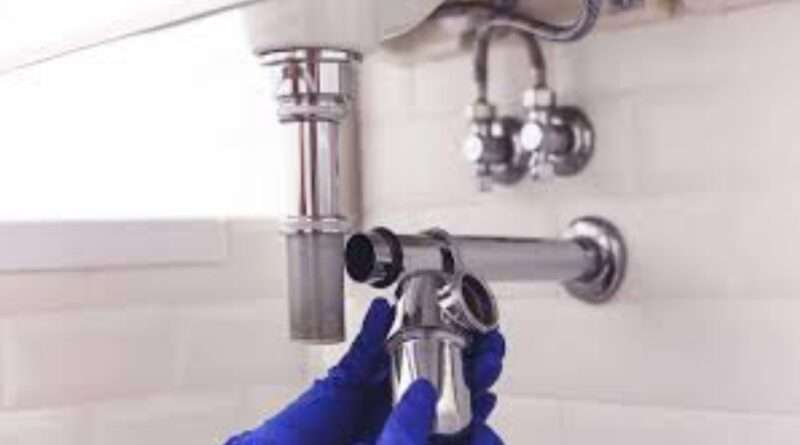Kitchen Sink Bottle Trap Installation & Replacement
Apart from the features under the kitchen sink, a kitchen sink bottle trap is a critical accessory to one’s plumbing system since it helps keep sewer odors at bay. Instead, it has water in a U pipe that runs underneath the sink and acts as a barricade to the odor. In each period, the bottle traps may get blocked or break; hence, they either need a new fitting or a replacement of the existing trap. This guide by https://www.plumbersingapore.org/kitchen-sink-bottle-trap-installation-replacement/ will focus on the pump-sink bottle trap and how it is installed and replaced.
What is a Bottle Trap?
This is a plumbing component built as a basin under the basin below, and within it, there is water that controls the gases that escape through the basin drainage hole. Such a simple mechanism goes a long way toward ensuring that one does not have an awful odor from the sewage system in the kitchen area. However, with time, debris such as food, grease, and soap scum may get collected in the trap, which might cause blockage. In some circumstances, the material used to make bottle traps can rust or even break, rendering them useless and requiring a replacement.
When You Need to Change a Bottle Trap
There are some indicators that your bottle trap is due for a replacement. It might be noticed particularly in slow drainage, considering the drain has already been cleaned. Water takes longer than it should pour out of the sink! This could be because of some obstruction or deposition found in the trap. Bad smells can also signify that the trap is past its prime and does not seal off the pipe dendrites. Further, it is possible to have corrosion or seepage around the trap, and this would be an excellent time to consider replacing it. Furnishing an old or broken bottle trap increases the efficiency and functionality of the plumbing system.
Picking a New Bottle Trap
When buying a new bottle trap, a few points need to be discussed. Usually, the materials range from plastic to chrome or brass metal. Plastic traps are relatively inexpensive, lightweight, and easy to deploy, making these appeal to most householders. Metal traps are generally prone to corrosion and, therefore, emphasize the use of quality materials in constructions with metal rather than plastic, making the constraints more expensive.
Dimension is the second most important parameter after material. Most kitchen sink traps adopt a standard size of 1.5 inches, but a person must always check the size with the specific sink trap to ensure compatibility. Many traps are made adjustable, hence compatible with a variety of sinks. You can click here to book our services at https://www.plumbersingapore.org/our-services/ if you think you are stuck at any point of your repair or replacement process.
How To Change a Bottle Trap
Cover the floor around the sink with plastic to prevent water damage from spills. Loosen the nuts with a wrench that can be found at your local hardware and that attaches the trap to the sink drain and the pipe embedded in the wall. Remove the old trap and inspect the pipes for debris or other obstructions and corrosion.
Initially, use the sink drainpipe to connect the new trap to the drain and attach it to the drain wall pipe. Initially, the nuts should be done by hand. Then, a wrench should be used to prevent over-tightening. At this stage, water is turned on, and the basin or sink is filled with water to determine if there are leakages. If there are areas that require you to tighten further, do so.

